Overcoming eDiscovery Trepidation - Part I: The Challenge
In this two-part series, I interview Gordon J. Calhoun, Esq. of Lewis Brisbois Bisgaard & Smith LLP about his thoughts on the state of eDiscovery within law firms today, including lessons learned and best practices to help attorneys overcome their trepidation of electronic discovery and build a better litigation practice. This first blog focuses on the history of eDiscovery and the logical reasons that attorneys may still try to avoid it, often to the detriment of their clients and their overall practice. IntroductionThe term “eDiscovery” (i.e., electronic discovery) was coined circa 2000 and received significant consideration by The Sedona Conference and others, well in advance of November 2006. That’s when the U.S. Supreme Court amended the Federal Rules of Civil Procedure to include electronically stored information (ESI), which was widely recognized as categorically different from data printed on paper. The amendments specifically mandated that electronic communications (like email and chat) would have been preserved in anticipation of litigation and produced when relevant. In doing so, it codified concepts explored by Judge Shira Scheindlin’s groundbreaking Zubulake v. UBS Warburg decisions.By 2012, the exploding volumes of data led technologists assisting attorneys to employ various forms of artificial intelligence (AI) to allow analysis of data to be accomplished in blocks of time that were still affordable to litigants. The use of predictive coding and other forms of technology-assisted review (TAR) of ESI became recognized in U.S. courts. By 2013 updates to the American Bar Association (ABA) Model Rules of Professional Conduct officially required attorneys to stay current on “the benefits and risks” of developing technologies. By 2015, the FRCP was amended again to help limit eDiscovery scope to what is relevant to the claims and defenses asserted by the parties and “proportional to the needs of the case,” as well as to normalize judicial treatments of spoliation and related sanctions associated with ESI evidence. In the same year, California issued a formal ethics opinion obligating attorneys practicing in California to stay current with ever changing eDiscovery technologies and workflows in order to comply with their ethical obligation of competently providing legal services.In the 15 years that have passed since those first FRCP amendments designed to deal with the unique characteristics of ESI, we’ve seen revolutionary changes in the way people communicate electronically within organizations, as well as explosive growth in the volume and variety of data types as we have entered the era of Big Data. From the rise of email, social media, and chat as dominant forms of interpersonal communication, to organizations moving their data to the Cloud, to an explosion of ever-changing new data sources (smart devices, iPhones, collaboration tools, etc.) – the volume and variety of which makes understanding eDiscovery’s role in litigation more important than ever.And yet, despite more than 20 years of exposure, the challenges of eDiscovery (including managing new data forms, understanding eDiscovery technology, and adhering to federal and state eDiscovery standards) continue to generate angst for most practitioners.So why, in 2021, are smart, sophisticated lawyers still uncomfortable addressing eDiscovery demands and responding to them? To find out, I went to one of the leading experts in eDiscovery today, Gordon J. Calhoun, Esq. of Lewis Brisbois Bisgaard & Smith LLP. Mr. Calhoun has over 40 years of experience in litigation and counseling, and he currently serves as Chair of the firm’s Electronic Discovery, Information Management & Compliance Practice. Over the years he has found creative solutions to eDiscovery challenges, like having a court enter a case management order requiring all 42 parties in a complex construction defect case to use a single technology provider, which dropped the technology costs to less than 2.5% of what they would have been had each party employed its own vendor. In another case (which did not involve privileged communications), he was able to use predictive coding to rank 600,000 documents and place them into tranches from which samples were drawn to determine which tranches could be produced without further review. It was ultimately determined that about 35,000 documents would not have to be reviewed after having put eyes on fewer than 10,000 of the original 600,000.I sat down with Mr. Calhoun to discuss his practice, his views of the legal and eDiscovery industries, and to try to get to the bottom of how attorneys can master the challenges posed by eDiscovery without having to devote the time needed to become an expert in the field.Let’s get right down to it. With all the helpful eDiscovery technology that has evolved in the market over the last 10 years, why do you think eDiscovery still poses such a challenge for attorneys today? Well, right off the bat, I think you’re missing the mark a bit by focusing your inquiry solely around eDiscovery technology. The issue for many attorneys facing an eDiscovery challenge today is not “what is the best eDiscovery technology?” – because many attorneys don’t believe any eDiscovery technology is the best “solution.” Many believe it is the problem. No technology, regardless of its efficacy, can provides value if it is not used. The issue is more fundamental. It’s not about the technology, it is about the fear of the technology, the fear of not being able to use it as effectively as competitors, and the fear of incurring unnecessary costs while blowing budgets and alienating clients.Practitioners fear eDiscovery will become a time and money drain, and attorneys fear that those issues can ultimately cost them clients. Technology may, in fact, be able to solve many of their problems – but most attorneys are not living and breathing eDiscovery on a day-to-day basis (and, frankly, don’t want to). For a variety of reasons, most attorneys don’t or can’t make time to research and learn about new technologies even when they’re faced with a discovery challenge. Even attorneys who do have the inclination and aptitude to deal with the mathematics and statistical requirements of a well-planned workflow, who understand how databases work, and who are unfazed by algorithms and other forms of AI, often don’t make the time to evaluate new technology because their plates are already full providing other services needed by their clients. And most attorneys became lawyers because they had little interest in mathematics, statistics, and other sciences, so they don’t believe they have the aptitude necessary to deal with eDiscovery (which isn’t really true). This means that when they’re facing gigabytes or even terabytes of data that have to be analyzed in a matter of weeks, they often panic. Many lawyers look for a way to make the problem go away. Sometimes they agree with opposing counsel not to exchange electronic data; other times they try to bury the problem with a settlement. Neither approach serves the client, who is entitled to an expeditious, cost effective, and just resolution of the litigation. Can you talk more about the service clients are entitled to, from an eDiscovery perspective? By that, I mean – can you explain the legal rules, regulations, and obligations that are implicated by eDiscovery, and how those may impact an attorney facing an electronic discovery request? Sure. Under Rule 1 of the FRCP and the laws of most, if not all, states, clients are entitled to a just resolution of the litigation. And ignoring most of the electronic evidence about a dispute because a lawyer finds dealing with it to be problematic rarely affords a client a just result. In many cases, the price the client pays for counsel’s ignorance is a surcharge to terminate the litigation. And, counsel’s desire to avoid the challenge of eDiscovery very often amounts to a breach of the ethical duty to provide competent legal services.The ABA Model Rules (as well as the ethical rules and opinions in the majority of states) also address the issue. The Model Rules offer a practitioner three alternatives when undertaking to represent a client in a case that involves ESI (which almost every case does). To meet his or her ethical obligation to provide competent legal services, the practitioner can: (1) become an expert in eDiscovery matters; (2) team up with an attorney or consultant who has the expertise; or (3) decline the engagement. Because comparatively few attorneys have the aptitude to become eDiscovery experts and no one who wants to practice law can do so by turning down virtually all potential engagements, the only practical solution for most practitioners is finding an eDiscovery buddy.In the end, I think attorneys are just looking for ways to make their lives (and thereby their clients’ lives) easier and they see eDiscovery as threatening to make their lives much harder. Fortunately, that doesn’t have to be the case.So, it sounds like you’re saying that despite the fact that it may cost them clients, there are sophisticated attorneys out there that are still eschewing legal technology and responding to discovery requests the way they did when most discovery requests involved paper documents? Absolutely there are. And I can empathize with their thought process, which is usually something along the lines of “I don’t understand eDiscovery technology and I’m facing a tight discovery deadline. I do know how to create PDFs from scanned copies of paper documents and redact them, if necessary. I’m just going to use the method I know and trust.” While this is an understandable way to think, it will immediately impose on clients the cost of inefficient litigation and settlements or judgments that could have been reduced or avoided if only the evidence had been gathered. Ultimately, when the clients recognize that their counsel’s fear of eDiscovery is imposing a cost on them, that attorney will lose the client. In other words, counsel who refuse to delve into ESI because it is hard is similar to a person who lost car keys in a dark alley but insists on only looking under the streetlight because it is easier and safer than looking in the dark alley.That’s such a great analogy. Do you have any real-world examples that may help folks understand the plight of an attorney who is basically trying to ignore ESI?Sure. Here’s a great example: Years ago, my good friend and partner told me he would retire without ever having to learn about eDiscovery. My partner is a very successful attorney with a great aptitude for putting clients at ease. But about a week after expressing that thought, he came to me with 13 five-inch three-ring binders. He wanted help finding contract paralegals or attorneys to prepare a privilege log listing all the documents in the binders. An arbitrator had ordered that if he did not have a privilege log done in a week, his expert would not be able to testify. His “solution” was to rent or buy a bunch of dictating machines and have the reviewers dictate the information about the documents and pay word processers overtime to transcribe the dictation into a privilege log. I asked what was in the binders. Every document was an email thread and many had families. My partner had received the data as a load file, but he had the duplications department print the contents rather than put them into a review platform. Fortunately, the CD on which the data was delivered was still in the file.I can tell this story now because he has since turned into quite the eDiscovery evangelist, but that is exactly the type of situation I’m referring to: smart, sophisticated attorneys who are just trying to meet a deadline and stay within budget will do whatever takes to get the documents or other deliverable (e.g., a privilege log) out the door. And without the proper training, unfortunately, the solution is to throw more bodies at the problem – which invariably ends up being more costly than using technology properly.Can you dive a bit deeper there? Explain how performing discovery the old-fashioned way on a small case like that would cost more money than performing it via a dedicated eDiscovery technology.Well, let me finish my story and then we’ll compare the cost of using 20th and 21st Century technologies to accomplish the same task. As I said, when I agreed to help my partner meet his deadline, I discovered all the notebooks were filled with printed copies of email threads and attachments. My partner received a load file with fewer than 2 GBs and gave it to the duplications department with instructions to print the data so he could read it. We gave the disk to an eDiscovery provider, and they created a spreadsheet using the email header metadata to populate the log information about who the record was from, who it was to, who was copied, whether in the clear or blind, when it was created, what subject was addressed, etc. A column was added for the privilege(s) associated with the documents. Those before a certain date were attorney-client only. Those after litigation became foreseeable were attorney-client and work product. That made populating the privilege column a snap once the documents were chronologically arranged. The cost to generate the spreadsheet was a few hundred dollars. Three in-house paralegals were able to QC, proofread, and finalize the log in less than three days for a cost of about $2,000.Had we done it the old-fashioned way, my partner was looking at having 25 or 30 people dictating for five days. If the reviewers were all outsourced, the cost would have been $12,000 to $15,000. He planned to use a mix of in-house and contract personnel - so, the cost would have been 30% to 50% higher. The transcription process would have added another $10,000. The cost of copying the resulting privilege log that would have been about 500 pages long with 10 entries per page for the four parties and arbitrator would have been about $300. So even 10 years ago, the cost of doing things the old-fashioned way would have been about $35,000. The technology-assisted solution was about $2,500. Stay tuned for the second blog in this series, where we delve deeper into how attorneys can save their clients money, achieve better outcomes, and gain more repeat business once they overcome common misconceptions around eDiscovery technology and costs. If you would like to discuss this topic further, please reach out to Casey at cvanveen@lighthouseglobal.com and Gordon at Gordon.Calhoun@lewisbrisbois.com.ediscovery-review; ai-and-analyticsediscovery-process, blog, spectra, law-firm, ediscovery-review, ai-and-analyticsediscovery-process; blog; spectra; law-firmcasey van veen







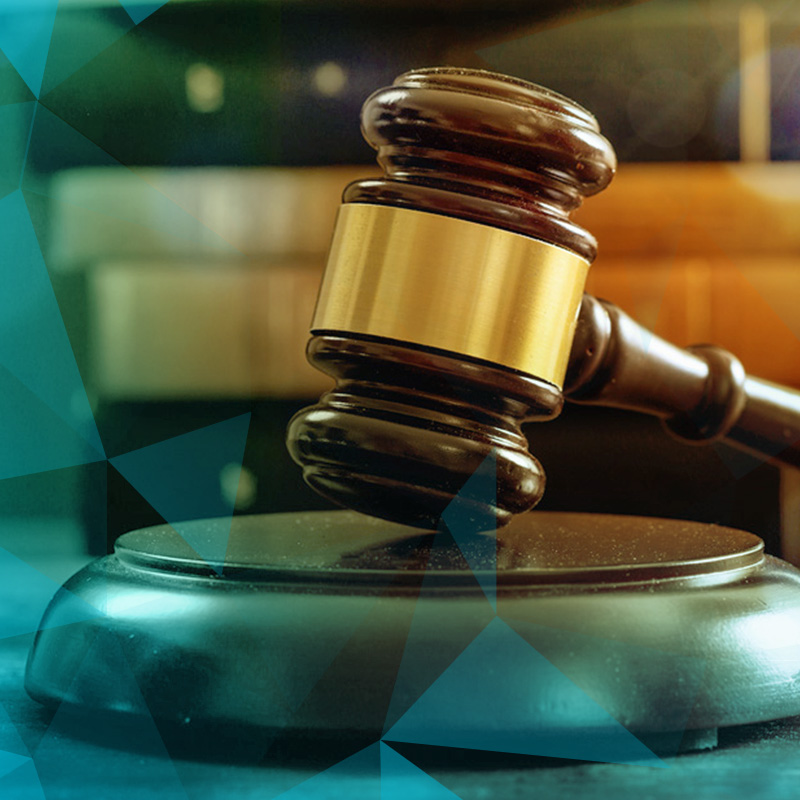











.jpg)





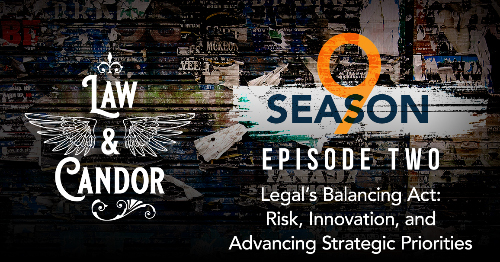

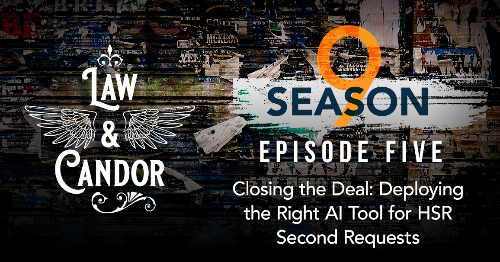
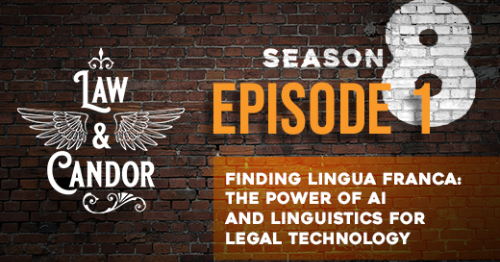

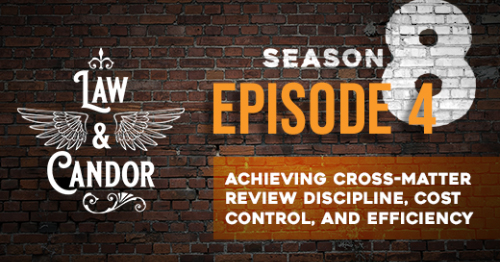
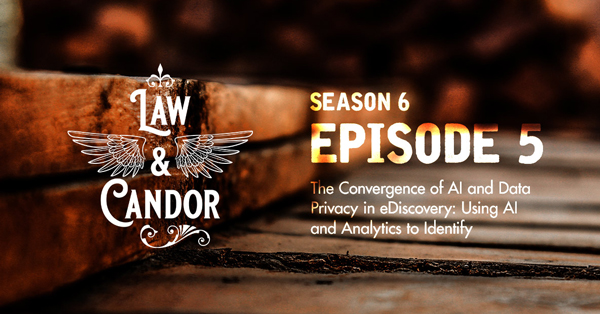
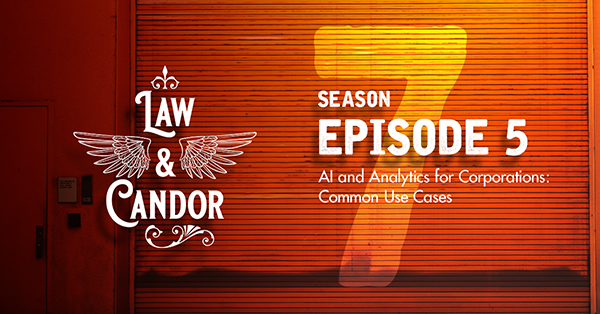
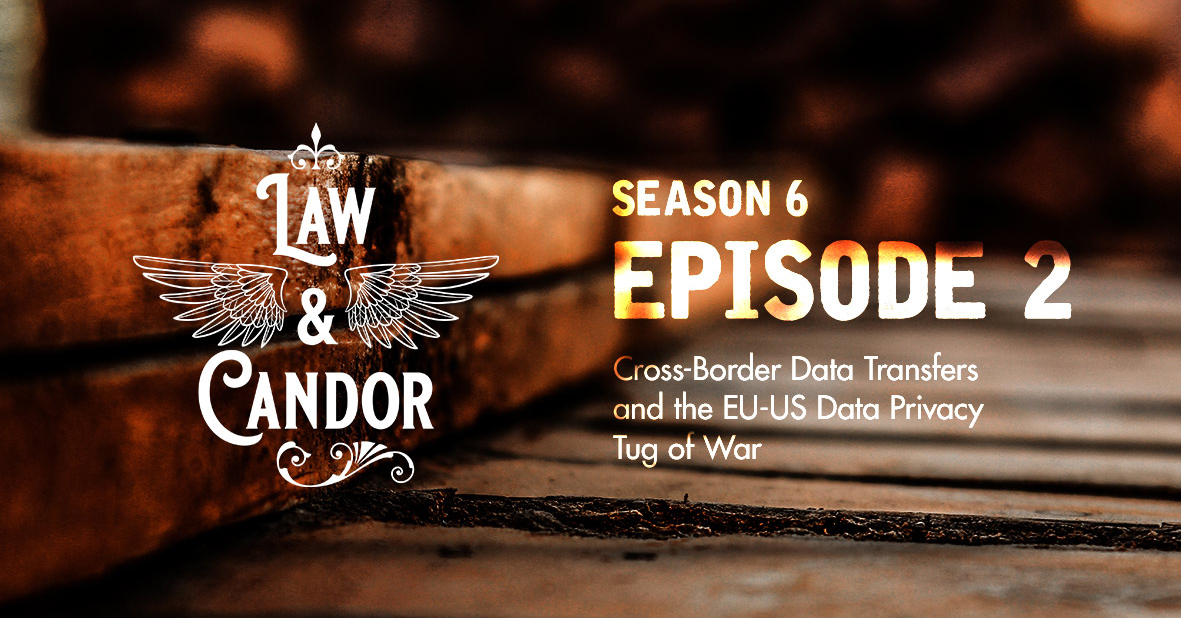
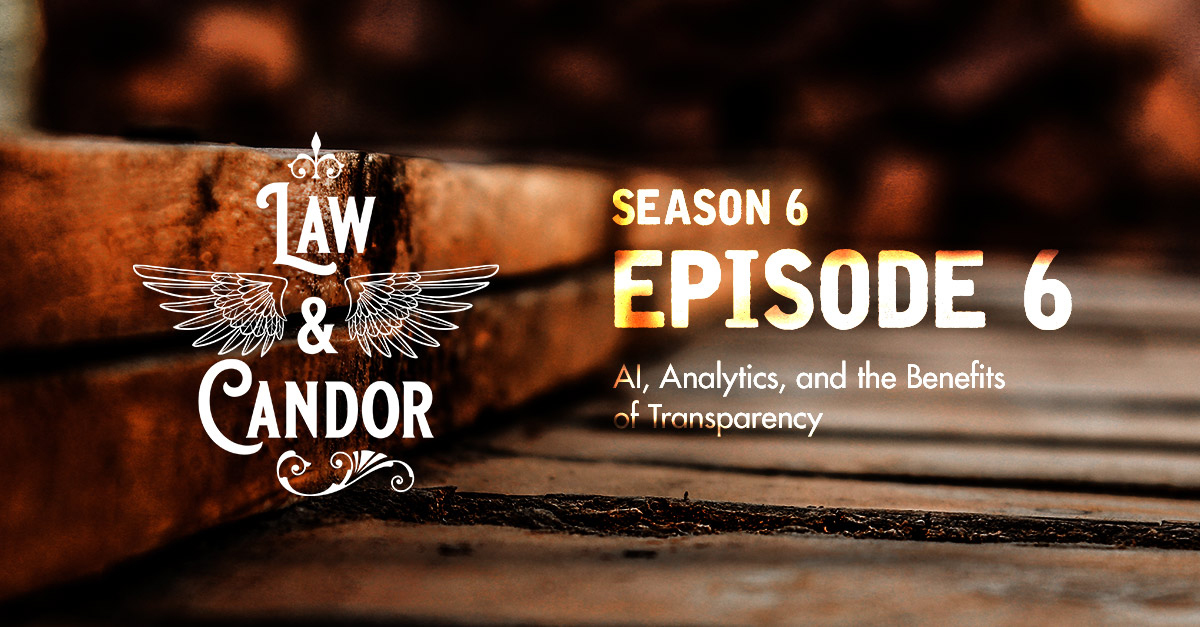
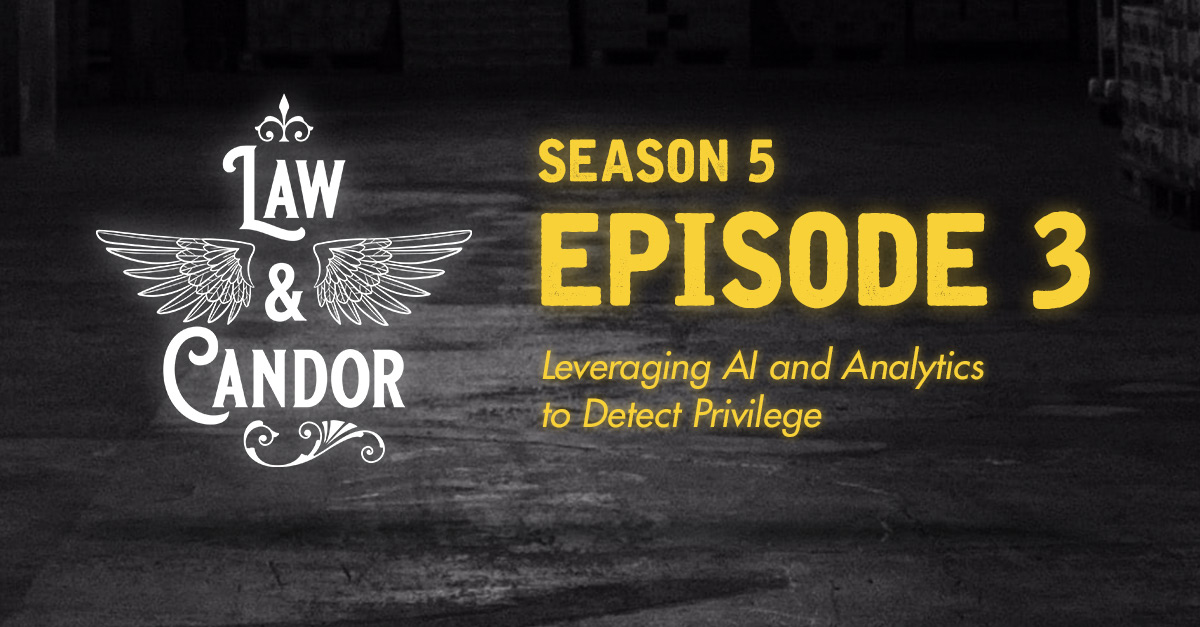
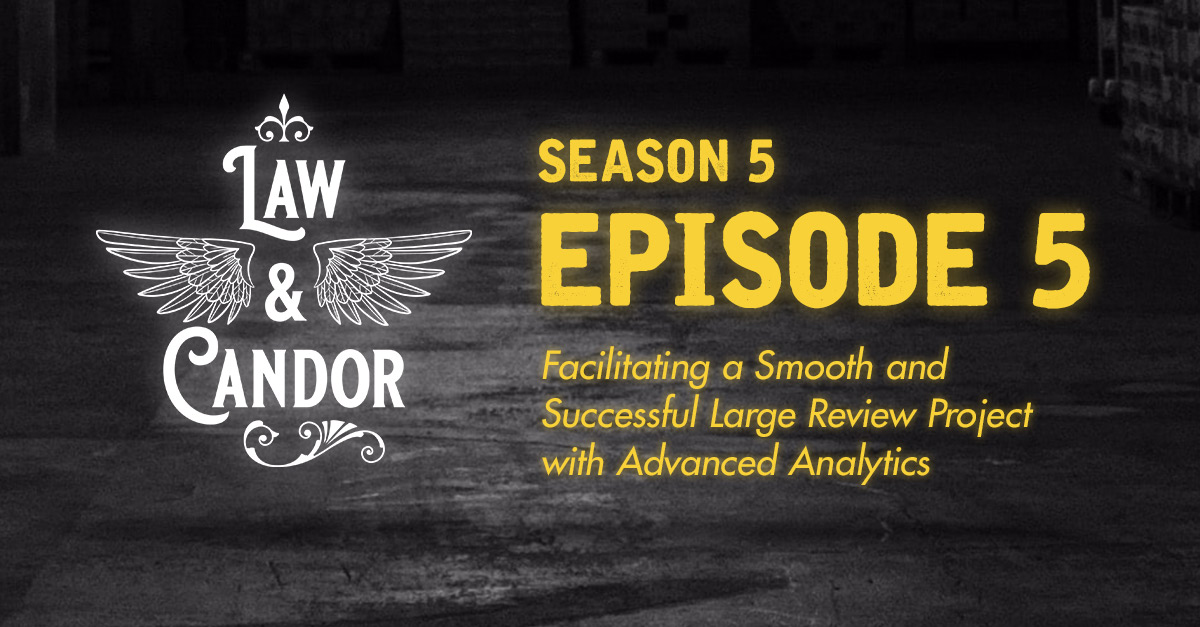
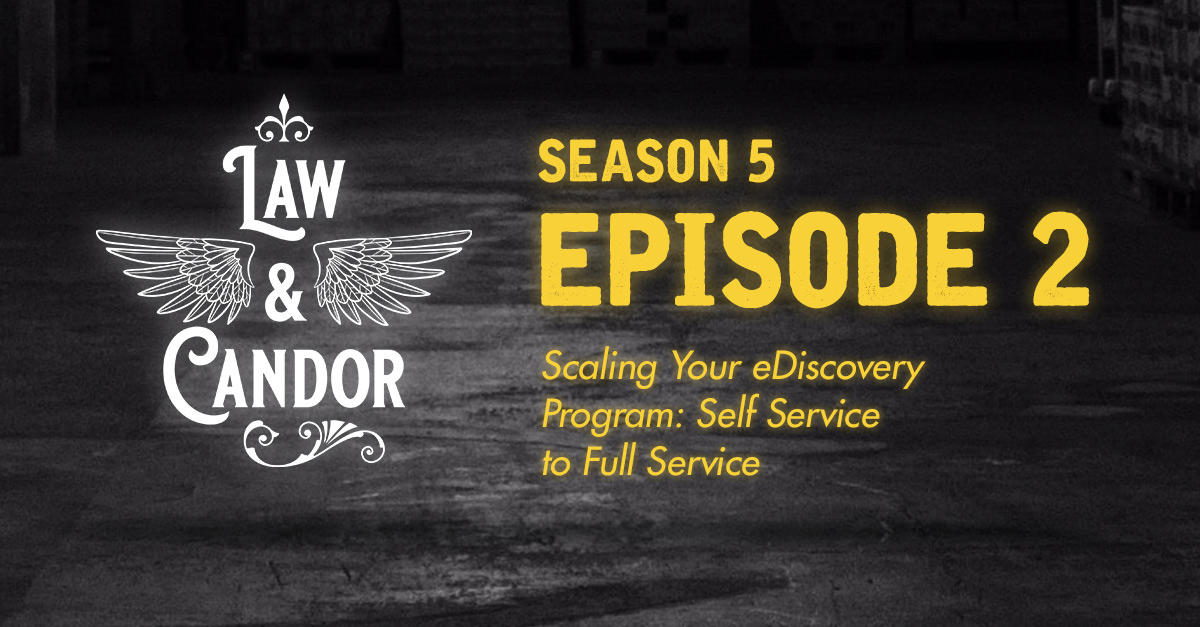
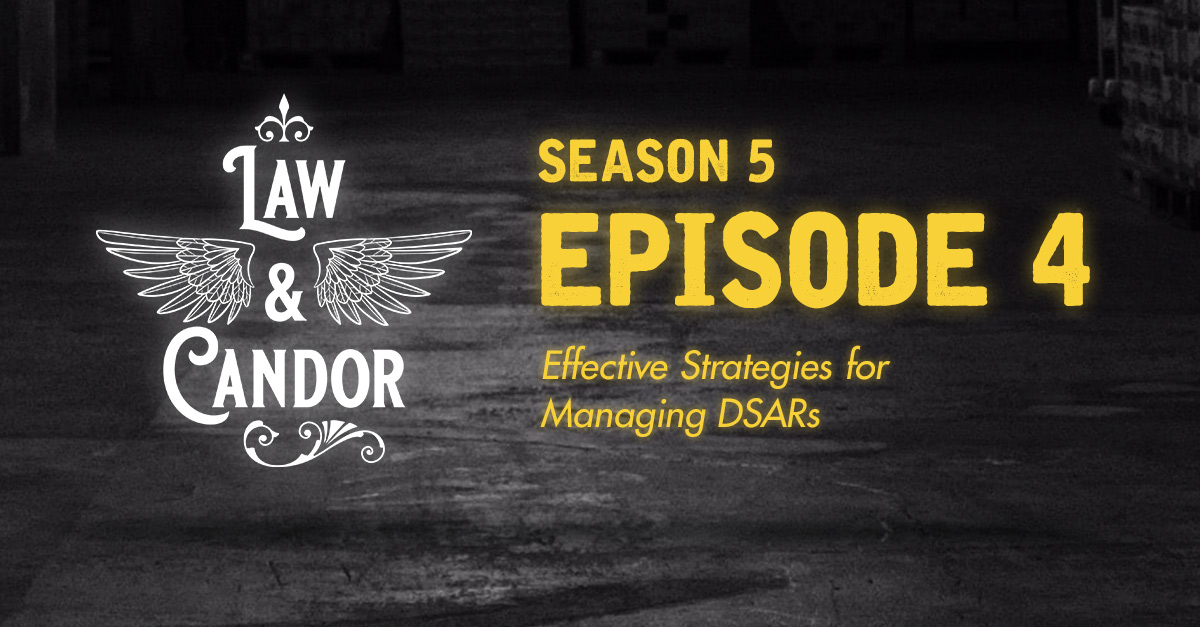
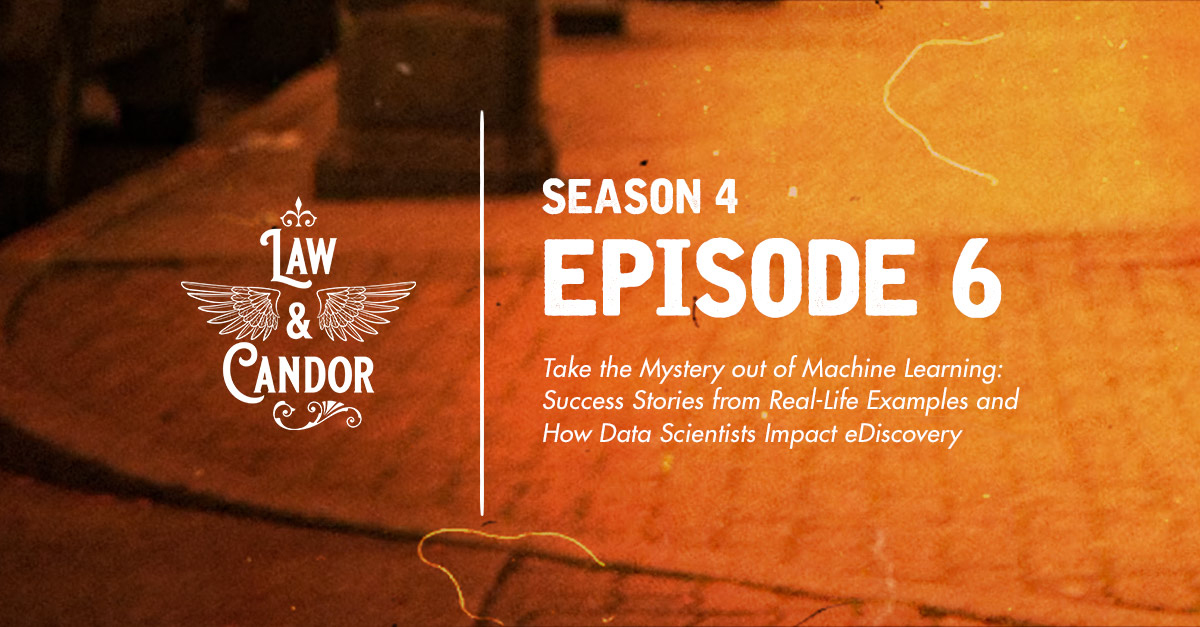
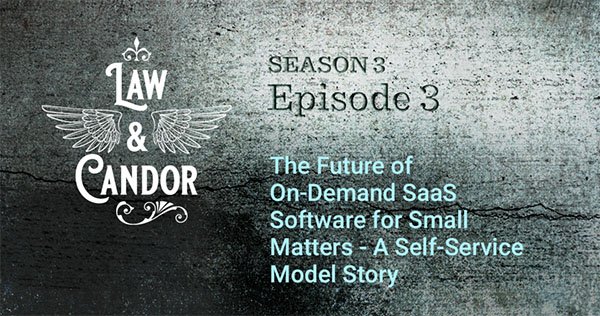
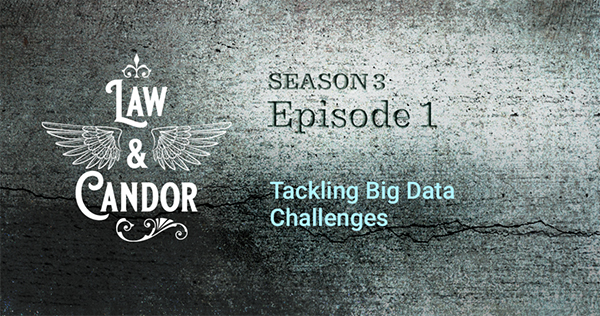
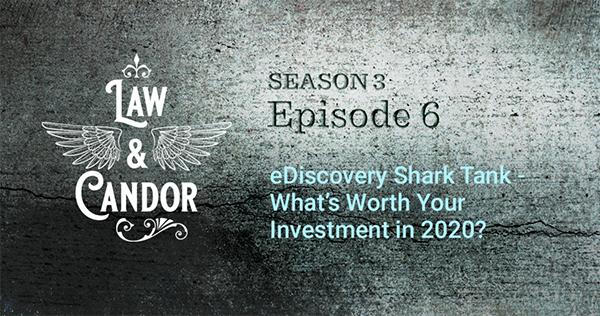
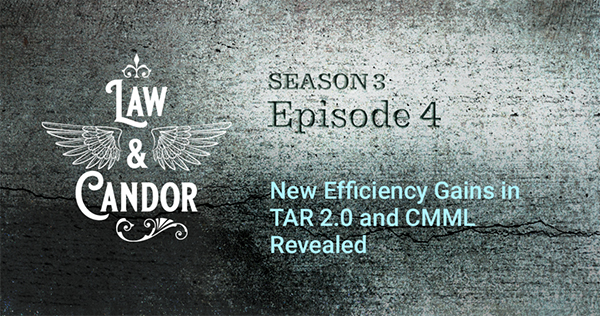

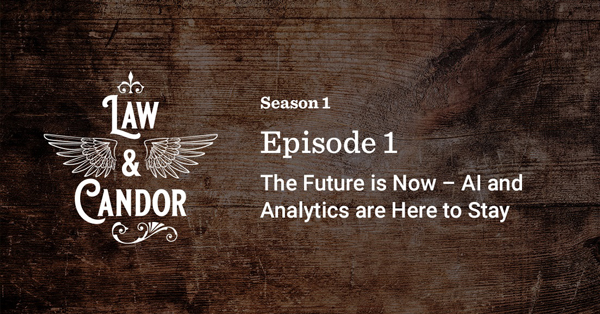





.png)
.png)




























































